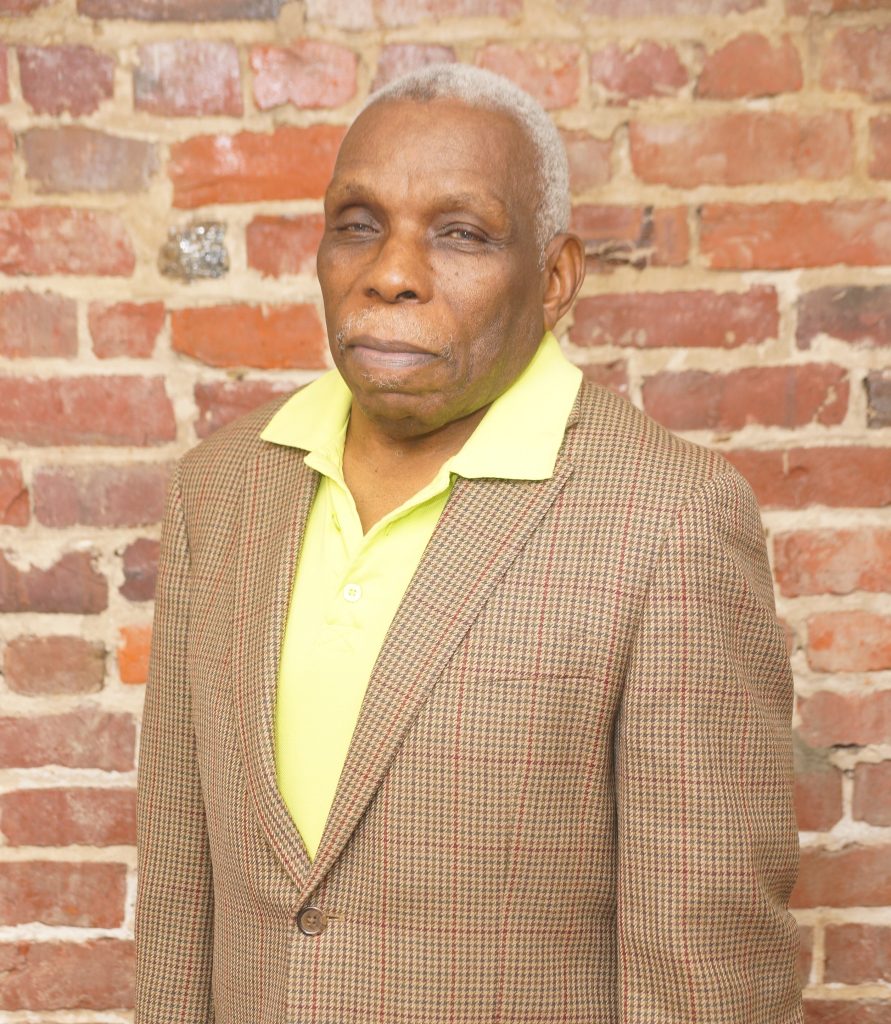In the middle of the 1960s Civil Rights Movement, the National Association for the Advancement of Colored People (NAACP), The Student Non-Violence Coordinating Committee (SNCC), the Congress on Racial Equality (CORE), and several local organizations in the state joined together to form the Council of Federated Organizations (COFO). Each had been waging its own struggle to advance the voting rights of Black people in Mississippi. The NAACP had been on the battlefield for years. CORE and SNCC had been relative newcomers in the area, but were strongly led by youth and grassroots people.
Under the influence and guidance of leaders like Aaron Henry, Bob Moses, and Dave Dennis, they decided to pool their resources, combine their efforts, and coordinate their strategies. While they did not experience overnight success, over a fairly short period of time they were able to establish the Mississippi Freedom Democratic Party to challenge and bring about changes in the Democratic National Convention seating procedures, to pull off the 1964 Freedom Summer Project, and to greatly boost the passage of the 1964 Civil Rights Act and the 1965 Voting Rights Act.
COFO had come into existence at a critical time in the life of the struggle. On one hand, at the national level, Americans had elected an administration that was more open to civil rights initiatives than the previous one. On the other hand, leaders in Mississippi state government had become more obstinate to racial change than may have been the case a few years earlier. This meant that such organized resistance, such as COFO, could put more pressure on the national administration and expect assistance in the area of civil rights. It also meant that those combined, coordinated efforts were more needed than any step-by-step or organization by organization effort to go up against the likes of the state Sovereignty Commission, the White Citizens Council, the KKK, and law enforcement officials.
For sure, it is easier to look back now and admire the work of COFO than it was for the participants to have waged their successful efforts. In the same sense, it may not be as easy for Black leaders today to assess their predicament as it will be for readers of history 20 years from now to understand the condition. Nevertheless, it is the writer’s position that right now is the time for the creation of a new COFO-like organization.
Across the state, the NAACP has branches that have existed for years. (We realize that in order to engage in certain types of political activities, NAACP-minded people must act through One Voice.) The same holds true for the various masonic lodges. Both of these organizations are and long have been a part of the local community. In the meantime, there are newer groups such as Black Lives Matter, the Poor People’s Campaign, Mississippi Immigrants’ Rights Alliance, and Women for Progress that share some of the core values and goals of the old-line organizations. These and other groups most certainly ought to be able to forge an organization like COFO that promote their common goals and values.
Today, with the massive voter suppression efforts against Black, Brown and other non-white people under way, that is surely an area for cooperation and coordination. Today, as conservative Republicans oppose the kind of tax restructuring that would enable there to be more assistance for working people to attain affordable housing, healthcare, environmental protection, needed infrastructure, improved school systems, and livable wages, there is a common interest for people who generally affiliate with the NAACP, the Poor People’s Campaign, and other groups that fight for the exploited, oppressed, and marginalized.
These groups ought to be readily supportive of one another’s rallies, marches, lawsuits, lobbying, and other efforts. The cooperation would obviously demonstrate strength. No more pitiful rallies and marches. The world needs to know where we stand.
Such working unity does not require anything that is not within the reaches of the groups already. It basically comes down to communication, which may be easier today than ever before; a willingness to put aside ego, including age, gender, and class differences; and a commitment to institutional goals rather than personal agenda. We can make it happen.
Furthermore, based upon proper messaging, groups that may have quite different core goals, such as the Nation of Islam, the Republic of New Africa, and the NFAC would be more than willing to lend their support to broad goals of racial and human rights and justice. We saw it happen with the Deacons for Defense and Black Panther Party in earlier days.
It is high time that such an endeavor be undertaken. The possibilities are endless, depending upon the creativity, vision, and commitment of the leaders of the many organizations that exist and continue to proliferate in the Black community. We each should at least challenge our leaders to create a modern COFO-style umbrella organization. It needs to happen while there is a national administration in office that appears supportive of such and before conservative, white supremacists can consolidate their power as they did in the American South in the 1870s.
It is time to come together for protection, advancement, and liberation. Such working unity is critical now.







